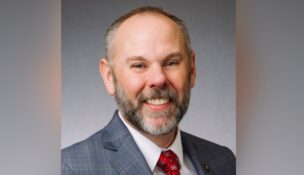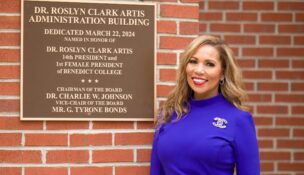USC president, athletics director, coaches to take pay cuts
Staff Report //May 19, 2020//
The University of South Carolina is cutting the salaries of its president and its three highest-paid coaches as a cost-saving measure in response to the financial impact of COVID-19.
USC President Bob Caslen and athletics director Ray Tanner volunteered for 10% pay cuts, along with football coach Will Muschamp, men’s basketball coach Frank Martin and women’s basketball coach Dawn Staley, according to a news release from USC.
The cuts will take place for fiscal year 2020-21, which begins July 1, and are expected to save the university more than $1.2 million.
“The global health crisis will continue to have a significant impact on the university, and I applaud our university officials and coaches for their willingness to personally contribute to our institution’s financial health,” Caslen said in the release. “From the very beginning of the pandemic, our leadership team has responded with tremendous professionalism and a singular determination to help the university navigate through this unprecedented challenge. I thank them for their deep commitment to our students and our mission.”
All members of Caslen’s cabinet also volunteered to take cuts.
“Working in intercollegiate athletics at the University of South Carolina is a tremendous calling for myself and our coaches and staff,” Tanner said. “I am aware of the difficulties many people in our state and nation are having because of this pandemic, including the staff and students of our great university. These shared voluntary sacrifices will help address the anticipated financial shortfalls at Carolina.”
USC estimates the costs of the pandemic could reach $40 million through August, with even more significant affects in the new fiscal year.
The university is also delaying capital construction projects, filling only critical positions, postponing faculty raises, eliminating university-funded travel and employee overtime, and developing furlough plans.
s















